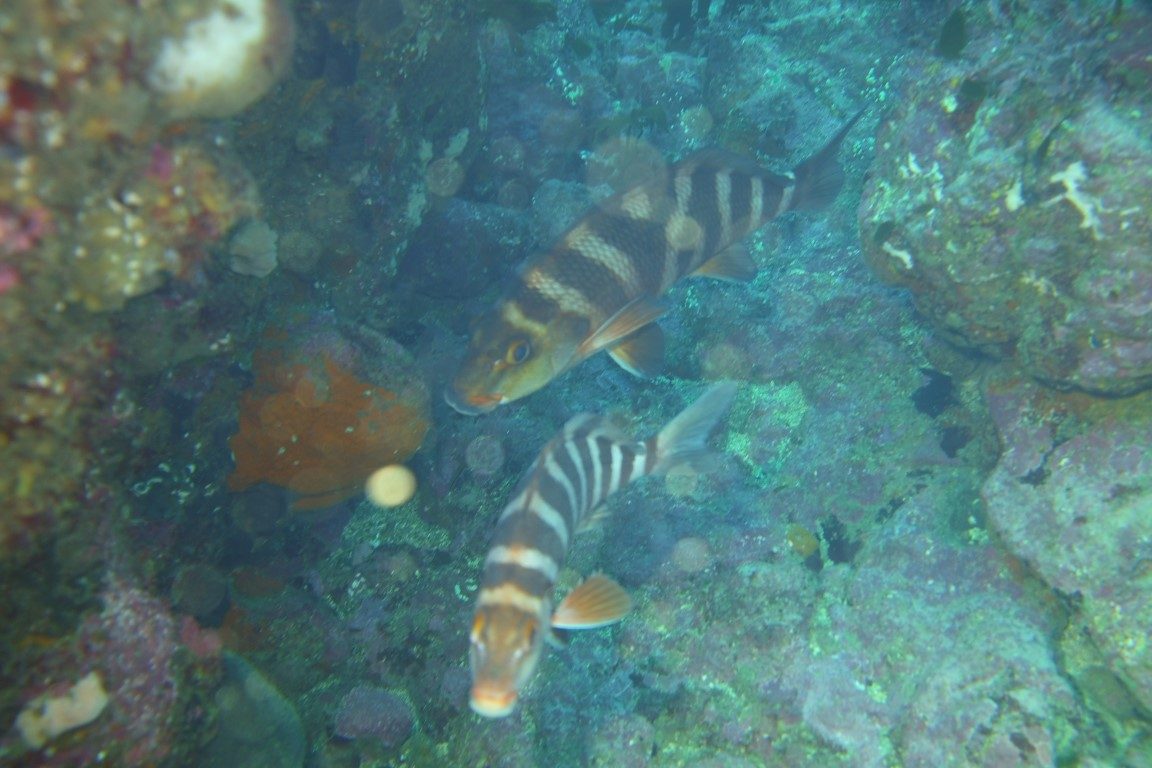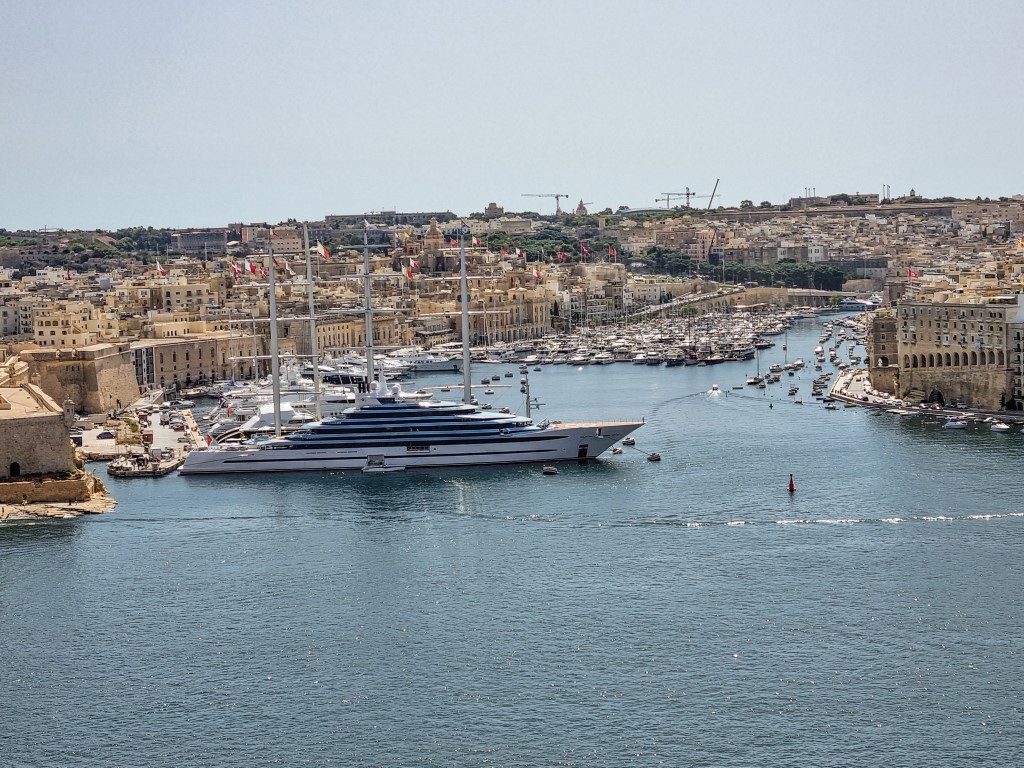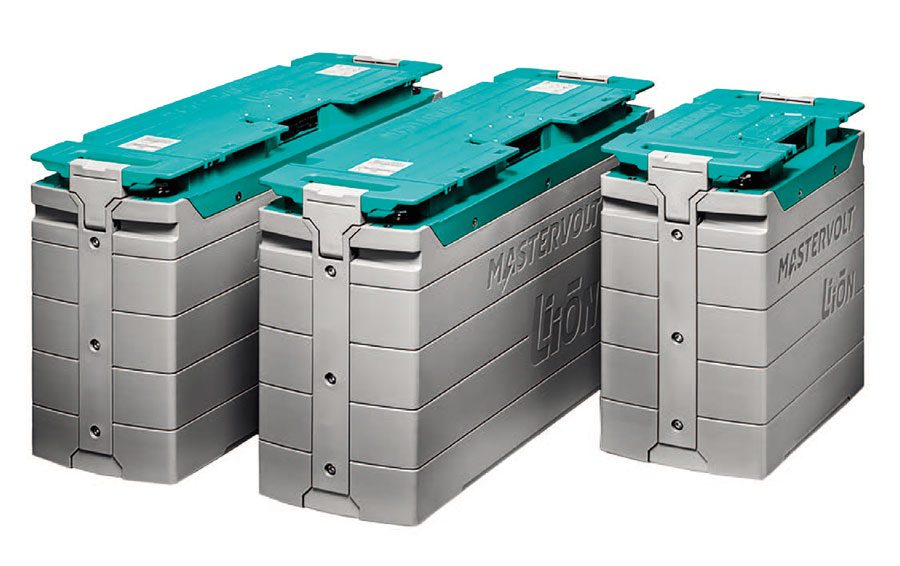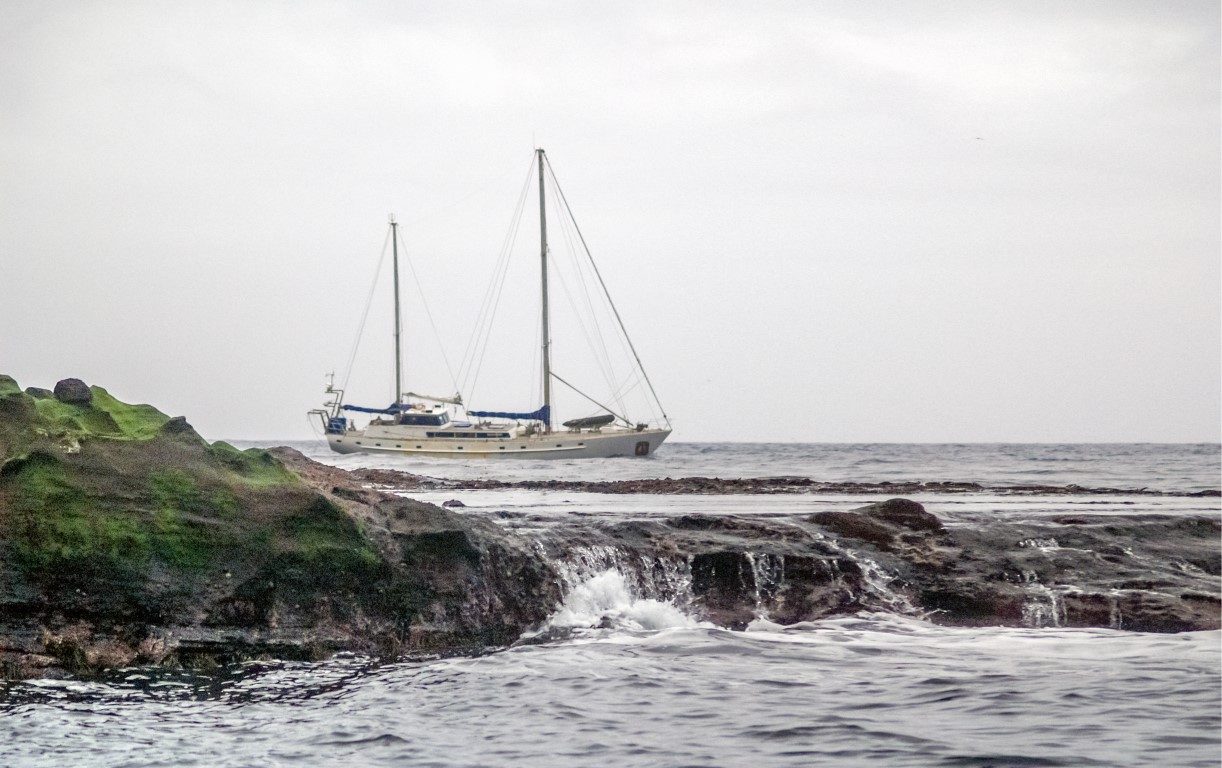

Not too many boats head south from Bluff, at mainland New Zealand’s southern extremity. But one yacht does so regularly, delivering researchers and scientists to some of the earth’s most desolate outposts. Story and photos by Lindsay Wright.
Voyaging in the Roaring Forties and Screaming Fifties demands a heightened awareness. Weather maps, the sky and barometer are consulted more often because, when the weather does come away, the change is sudden and often violent.
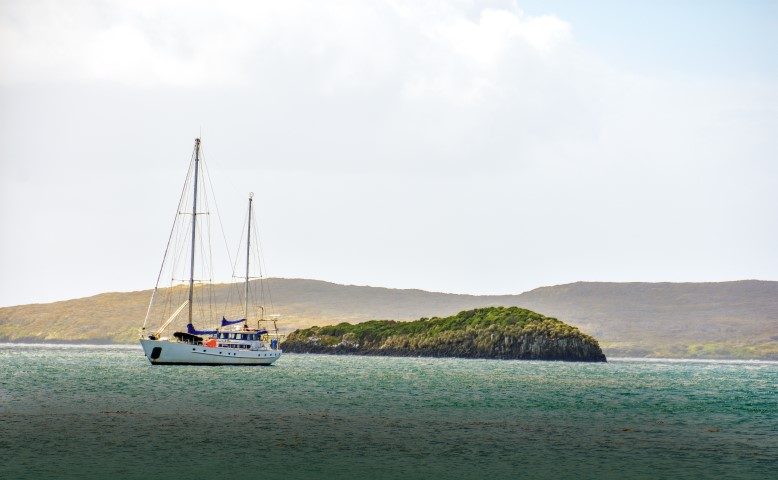
Mollymawks and albatross wheel overhead as the staysail ketch Evohe shoulders her way through the unending westerly swell. Squadrons of Cape pigeons and fulmars squabble around the stern.
The team of DOC sea lion researchers soon settle down for the 460km (248nm) slog to Enderby Island in the northernmost Auckland Islands. Most of the scientists have spent a hectic few months finalising plans for research projects, working out timetables, assembling all the provisions, personal gear and supplies needed for several weeks stay in a ruthlessly hostile environment. Almost everything that goes to the sub-Antarctic islands spends time at DOC’s quarantine store in Invercargill before being stowed in Evohe’s capacious interior.
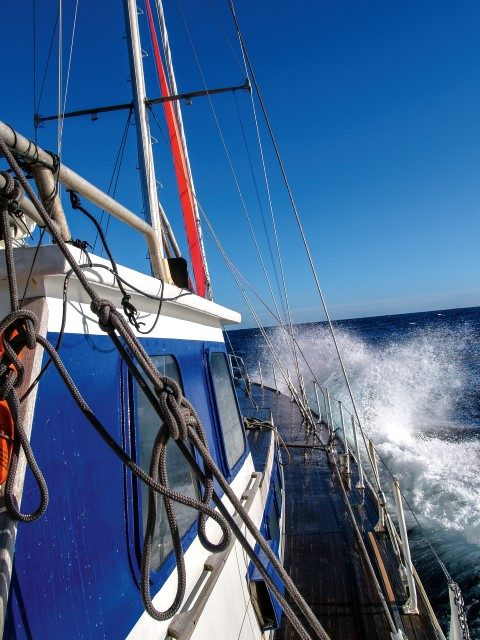
Tightly-lidded 20-litre buckets and plastic cases full of scientific gear, bottles of liquid nitrogen for preserving biological samples, and jerry cans full of generator fuel come aboard to be stowed and lashed. Evohe is fresh from the slipway, her bottom scrubbed to get rid of any alien organisms that could corrupt the islands’ pristine underwater ecology.
The stout steel yacht has plied this route for about 20 years, in between traversing the North West Passage and other projects, and she feels good; like she’s looking forward to another Southern Ocean passage and job well done.
Now it just remains to reach Enderby, discharge all the gear and lug it through the amorous sea lions mating on the Sandy Bay beach and up to the DOC hut.
The trip down is quick and uneventful. It’s always good to have such knowledgeable and committed people on board. Like everyone who regularly works in the sub-Antarctic islands, they are enthusiasts – people who love the wildlife and wild ruggedness of New Zealand’s southernmost windswept islands.

I’d assumed that factory squid trawlers which scrape whole schools from the Auckland Islands’ sea floor were to blame for declining New Zealand sea lion numbers (also called Hooker’s sea lion, whakahao or rapoka). But no, one
DOC scientist said. The real culprit could be hookworms buried in the sand on the species’ breeding beaches.
The worms burrow through the female sea lions’ thick pelts and blubber to penetrate their lactation glands. When the pups take their first suck of milk, they get a dose of active worms which bore their way out of their intestines, leaving space for infection to enter.
“The pups get riddled with infection pretty quickly and die a slow, painful death,” she explained. “When we do autopsies on them – they’re full of pus.” Researchers have wormed test groups of pups with farm animal treatments and the sample groups have a much improved chance of living to adulthood.
Adult sea lions tagged at Enderby have shown up in mainland Otago colonies days later where chances of pup survival are better.

As our anchor rattles down to the sea floor off Sandy Bay, Evohe comes alive. Laptops are flapped shut in the saloon and yawning people emerge from the cabins. The big RIB is lowered from the davits and the shuttle begins.
Onshore, a beachmaster (predominant male), raises his head to inspect us intruders. The big males weigh 250-400kg and hold sway over harems of 25 or so females. Some of these turn their heads to fix us with their bloodshot eyes before slumping back onto the sand.
It’s hard to imagine these huge silver-grey furry slugs being New Zealand’s largest animal – and critically endangered to boot – or envisage them swimming 175km and diving to 600m for a feed of fish.
With all hands on deck, the people and their gear are offloaded in an hour or two but Evohe’s charmed life on this trip is about to end. The GRIB file weather maps show a system barrelling towards us with the onion peel isobars that are more normal in these waters.
We weigh anchor and motor south through Port Ross to shelter in Terror Cove. Soon a 50-knot nor’wester is screaming through the rigging and a light layer of sleet gathers on deck. January in the Auckland Islands.

Within 36 hours the system has passed and Evohe’s two 135hp Ford diesels power her out past Enderby Island and north to Bluff to do it all again. This time taking two albatross researchers to Adams Island at the southern end of the Auckland archipelago and more sea lion folk to Campbell Island. Once again a heavily-laden Evohe plugs her way out of Bluff, past Stewart Island and into the Roaring Forties – that band of latitudes named after the westerly winds that roar around the planet.
For years I’ve worn out guide books trying to identify the Southern Ocean’s sea birds – royal albatross from wandering, white-capped from grey-browed – without success. But one DOC staffer is a seasoned twitcher (bird watcher) and captures distant sea birds on his camera so we can enlarge them and pick out their features. We spend hours in the cockpit huddled over a guide book and I learn more from this trip than any other. A key to successful recognition of bird species is learning the “jizz” – broadly speaking, the way a bird behaves or flies.
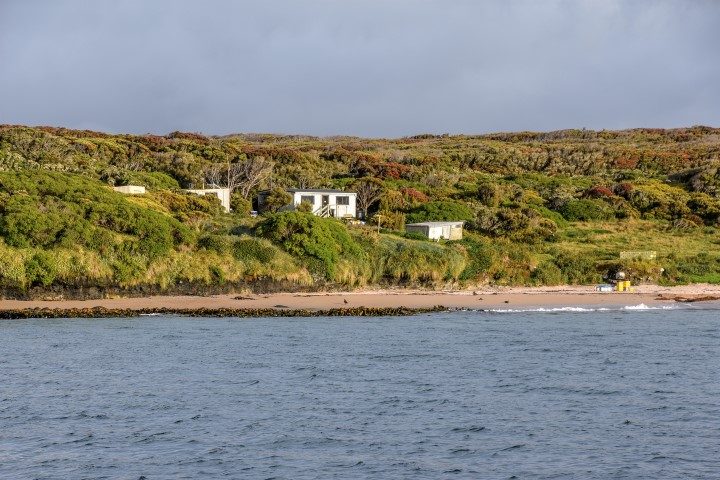
At dawn a couple of days out of Bluff we motor between the sheer granite palisades of Carnley Harbour, anchor off the DOC hut on the southern side, and ferry the albatross folk and their gear to the rocky beach. In balmier latitudes the harbour would be a boating mecca – but I’ve seen the savage katabatic squalls it generates spin a heavy, steel yacht around and blow her back out the entrance.
The hut’s almost invisible from the sea but the researchers say they spend most of their time in a bivvy where the birds are – on top of the ridge that traverses the island.
“We’ve got to keep an eye on the weather – one time the wind got up from nowhere and we had to stay there for a couple of days because we would have been blown off the island if we’d try to walk down.”
Recreation is sharing a bottle of beer and a crossword puzzle in the hut. We’re the last people they’ll see in a while and it’s hugs all round before we turn and head south for Campbell Island.

We’re soon south of the Roaring Forties and ascending the parallels of the Screaming Fifties. Luckily it’s pretty benign for 24 hours or so until we nose into Perseverance Harbour – the long inlet that almost bisects the island.
The disused Metservice base and adjacent DOC hut look like cardboard cartons dumped in the scrub. The wharf has been deemed “unsafe” and the planking’s been removed, so we nose the laden RIB in among some slimy rocks and lug buckets and boxes up to the hut.
By the time we head back down harbour, a 25-40 knot westerly has risen and sends a steep chop into Davis – where a sea lion colony slumbers on the rocky point. We power the RIB hard against the rocks while people leap ashore and we begin throwing buckets of gear across as the dinghy slides up and down with the swell on slimy green tendrils of kelp.
Eventually all the gear is landed and carried 60m or so above the high water mark to a relatively flat spot optimistically marked ‘campsite’ on the DOC map. “You’ve got to put all the gear in shelter,” an old DOC hand says, “in case the wind gets up and blows it away.”
The next study site is a stretch of coastline named (by someone with a sense of humour) east- and west-Paradise. Young male sea lions play around us or rub against the RIB while we shuttle the equipment ashore. Finally Paradise is peopled and there’s a colourful pile of equipment, a generator, fuel, personal effects and food on the rocks. Once again it’s hugs all round and we power back to Evohe to ready the boat for the passage back.
“We’ll walk around the head of the harbour to the hut for Christmas – then walk out to Davis and spend the rest of our time out there,” the team leader told me. I looked at the terrain – it was like saying “we’ll shoot up to the summit of Mount Everest for smoko and be back in time for dinner.”
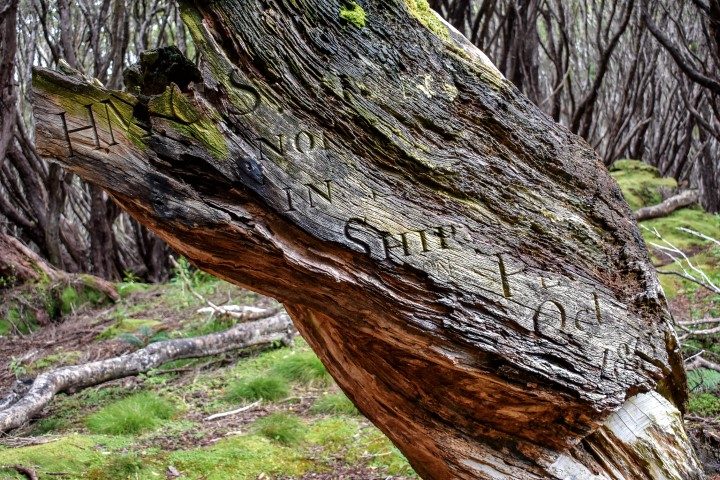
As we swung the ship’s head towards the harbour entrance small patches of colourful tents had sprung up among the scrub and the pile of gear had gone from the beach. The scientific team would be working hard in some of the wildest weather you can imagine. And loving it.
At 3am a few days later Evohe was berthed in Otago Harbour with the lights of downtown Dunedin reflecting off the water. At least we’d be home soon, thankful that the Southern Ocean hadn’t dealt us any of the thrashings of previous trips, instead rewarding us with wonderful wildlife and scenery.

